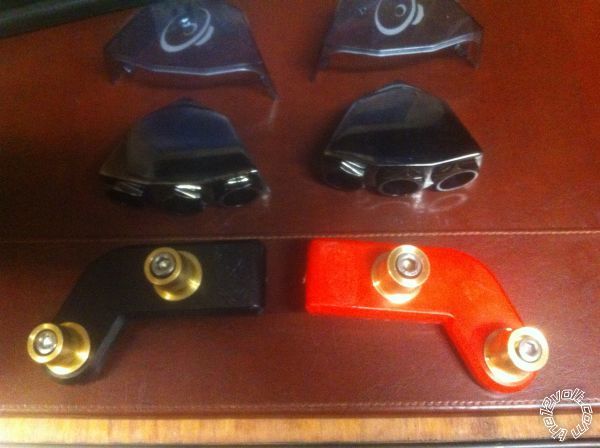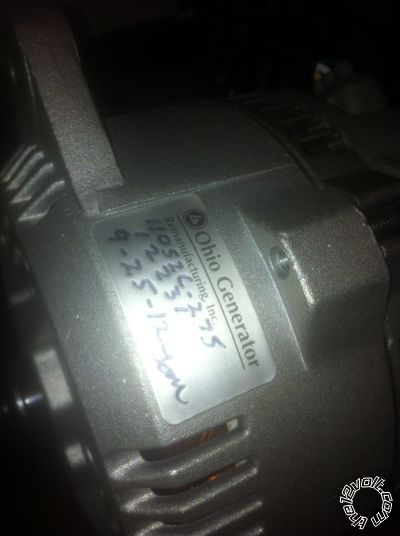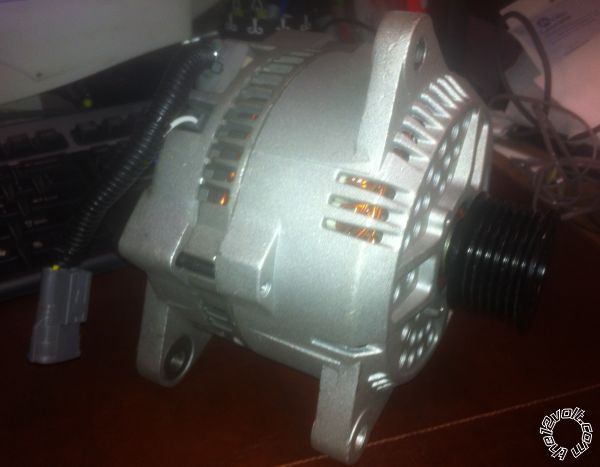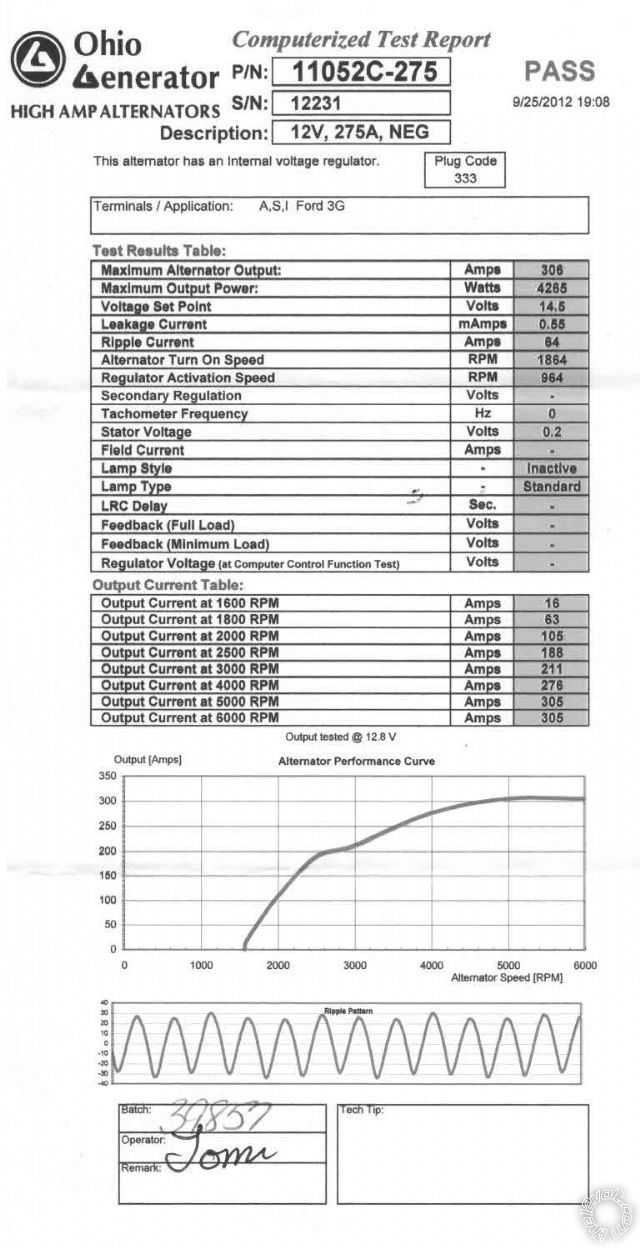Posted: September 24, 2012 at 10:07 AM / IP Logged
Posted: September 24, 2012 at 11:38 AM / IP Logged
Posted: September 24, 2012 at 12:32 PM / IP Logged
Posted: September 24, 2012 at 10:00 PM / IP Logged
Posted: September 25, 2012 at 9:48 AM / IP Logged
Posted: September 27, 2012 at 11:46 AM / IP Logged
Posted: September 28, 2012 at 12:46 AM / IP Logged
Posted: September 28, 2012 at 10:05 AM / IP Logged
Posted: September 28, 2012 at 10:44 AM / IP Logged
Posted: September 28, 2012 at 11:25 AM / IP Logged
 Printable version
Printable version


| You cannot post new topics in this forum You cannot reply to topics in this forum You cannot delete your posts in this forum You cannot edit your posts in this forum You cannot create polls in this forum You cannot vote in polls in this forum |

| Search the12volt.com |
Follow the12volt.com 
Friday, December 26, 2025 • Copyright © 1999-2025 the12volt.com, All Rights Reserved • Privacy Policy & Use of Cookies


Friday, December 26, 2025 • Copyright © 1999-2025 the12volt.com, All Rights Reserved • Privacy Policy & Use of Cookies
Disclaimer:
*All information on this site ( the12volt.com ) is provided "as is" without any warranty of any kind, either expressed or implied, including but not limited to fitness for a particular use. Any user assumes the entire risk as to the accuracy and use of this information. Please
verify all wire colors and diagrams before applying any information.









 Ground-sensor on 2007 Pathfinder
My thinking was to replace it with a min of good quality 4awg or better and soldiered terminals. Also remove the paint under the bolt where the ground sensor is bolted down with a smaller 10awg ground wire going to the somewhere under the fuse box ( cause Nissan did the smart thing by grounding on top of the paint
Ground-sensor on 2007 Pathfinder
My thinking was to replace it with a min of good quality 4awg or better and soldiered terminals. Also remove the paint under the bolt where the ground sensor is bolted down with a smaller 10awg ground wire going to the somewhere under the fuse box ( cause Nissan did the smart thing by grounding on top of the paint  )
Where did you run the frame wire, to the engine ground or to the battery neg? Also did you have to run your amp ground from the neg battery term to the Amp?
)
Where did you run the frame wire, to the engine ground or to the battery neg? Also did you have to run your amp ground from the neg battery term to the Amp? Anyone have recommendation for a battery.... I was thinking yellow top?
Anyone have recommendation for a battery.... I was thinking yellow top? Variable voltage control system:
CAUTION:
- Do not ground accessories directly to the battery terminal. Doing so will bypass the variable voltage control system and the vehicle battery may not charge completely.
- Use electrical accessories with the engine running to avoid discharging the vehicle battery.
Your vehicle is equipped with a variable voltage control system. This system measures the amount of electrical discharge from the battery and controls voltage generated by the generator.
The current sensor (A) is located near the battery along the negative battery cable. If you add electrical accessories to your vehicle, be sure to ground them to a suitable body ground such as the frame or engine block area.
------------------------------------------------------------------
So the best thing to do is to swap the wire from the battery terminal to the engine ground and as soundnsecurity said use a heavy AWG to the engine ground to the chaise and ground everything to the frame.
Also stopped off at the Nissan dealer and spoke to a few mechanic's and they confirmed, that it doesn't matter the wire type and size, only that it need to pass thru the sensor and ground to the engine block.
One mechanic even told me that he upgraded his ground and it improved his idling & cold starts, had it for a year or so and no problem with the charging system to date.
Variable voltage control system:
CAUTION:
- Do not ground accessories directly to the battery terminal. Doing so will bypass the variable voltage control system and the vehicle battery may not charge completely.
- Use electrical accessories with the engine running to avoid discharging the vehicle battery.
Your vehicle is equipped with a variable voltage control system. This system measures the amount of electrical discharge from the battery and controls voltage generated by the generator.
The current sensor (A) is located near the battery along the negative battery cable. If you add electrical accessories to your vehicle, be sure to ground them to a suitable body ground such as the frame or engine block area.
------------------------------------------------------------------
So the best thing to do is to swap the wire from the battery terminal to the engine ground and as soundnsecurity said use a heavy AWG to the engine ground to the chaise and ground everything to the frame.
Also stopped off at the Nissan dealer and spoke to a few mechanic's and they confirmed, that it doesn't matter the wire type and size, only that it need to pass thru the sensor and ground to the engine block.
One mechanic even told me that he upgraded his ground and it improved his idling & cold starts, had it for a year or so and no problem with the charging system to date.
 Spec Sheet
Spec Sheet

